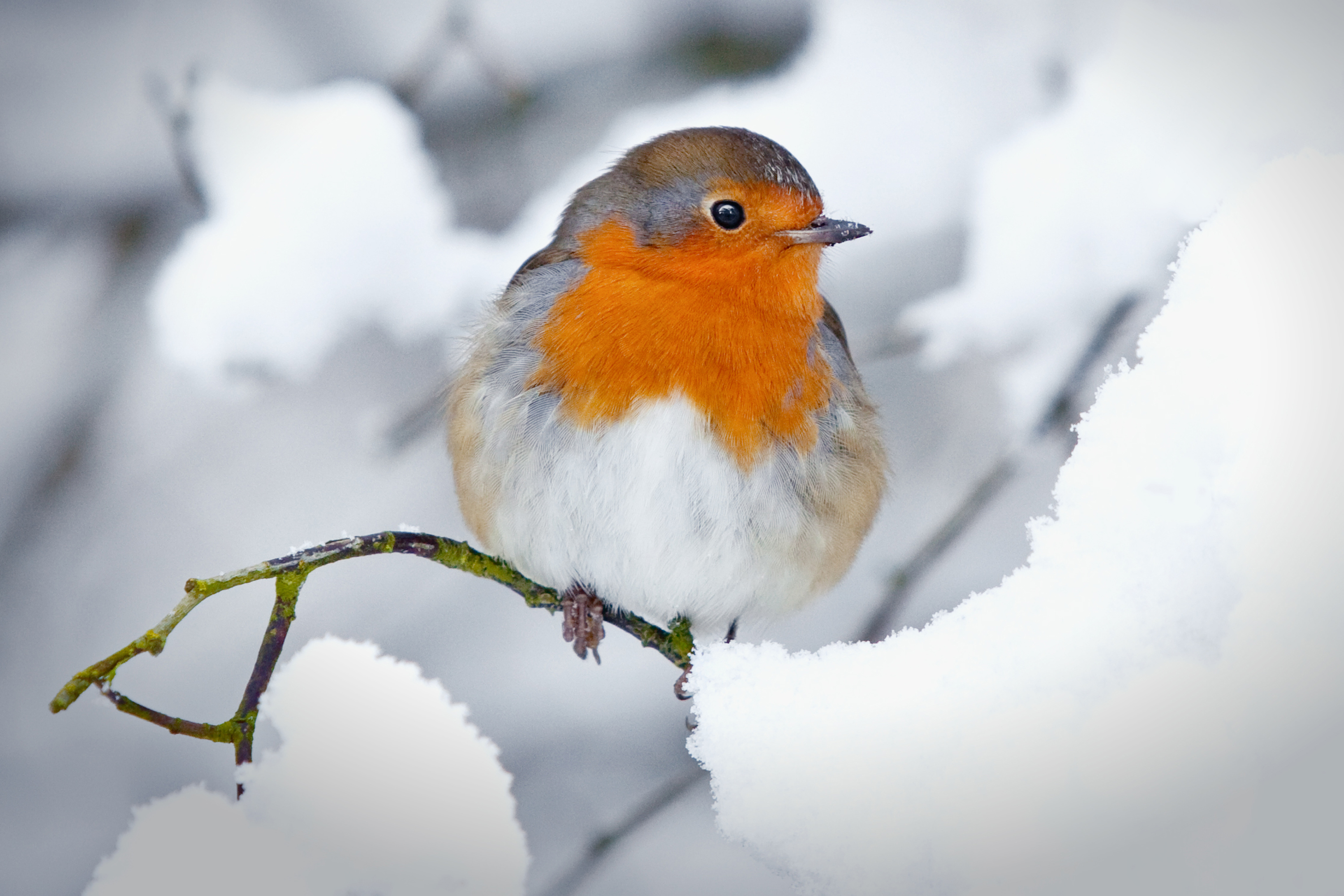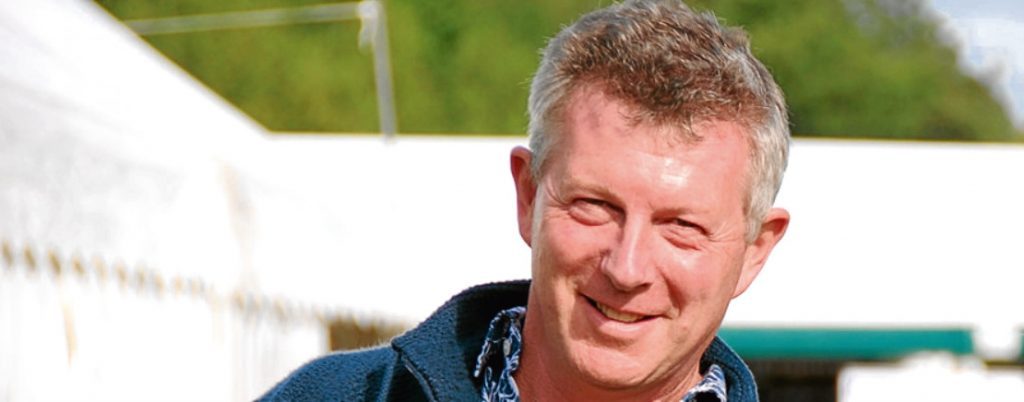
WE see them in our gardens and on our Christmas cards.
Now naturalist and birdwatcher Stephen Moss – whose new book The Robin: A Biography (Square Peg £10.99) is just out – tells Bill Gibb the Honest Truth about the little robin.
What’s your fascination with robins?
I remember watching them in our suburban garden as a child, and now I live in Somerset where robins often hop around just outside my office window. So I suppose I’ve been watching robins for more than 50 years.
Why is the robin Britain’s favourite bird?
They are familiar, incredibly tame, and with their orange-red breast, plump shape and beady black eyes they look undeniably cute.
Why do they feature on Christmas cards?
Robins are closely associated with Christmas because in winter their food – mainly insects and other invertebrates – can be hard to find. So they often come to our doorsteps, hoping for a handout.
The Christmas card connection came because the early Victorian postmen wore red uniforms, so were nicknamed “robins”. Someone had the clever idea of selling cards, some featuring a robin holding a letter in its bill, representing the postman.
How long have they been written about and by whom?
The Greek philosopher Aristotle mistakenly thought that a summer visitor, the redstart, transformed into the robin in winter. Others who have written about robins include Shakespeare, Thomas Hardy and Enid Blyton.
What superstitions are there about robins?
Mostly robins are regarded benevolently, but beware: if a robin enters your house, legend has it that one of the occupants will die soon afterwards.
Why were they viewed as religious symbols?
One early Christian story suggests that the robin got its red breast when it tried to warm the baby Jesus by fanning the flames of a fire, and singed itself by getting too close.
Another claims that the robin burned its breast when it fetched water for lost souls in Purgatory.
How long do they live?
Robins rarely survive more than one or two years. Research has revealed that a robin only has a slightly greater than one in three chance of making it through its first Christmas.
But a few manage to buck the trend: one Irish robin lived for 11 years.
Are they sociable with other birds, or aggressive?
Robins may look sweet, but their cute demeanour conceals some violent behaviour. Robins hold territory more or less all year round, and will fight to defend it – sometimes even to the death.
Are they thriving or in decline?
Unlike many other songbirds, the robin is doing very well – with at least six million breeding pairs it is second only to the wren as Britain’s commonest bird. This is mainly because it has adapted so well to living alongside us, finding a home in our gardens, which are a microcosm of the robin’s original woodland habitat, with food, water and shelter.
What time of year do we see them?
You can see robins more or less anywhere in the UK, all year round – though they do hide away in the high summer months when they are moulting into their new plumage. But the robin in your garden in winter may have come from continental Europe, while “your” robin, that bred in your garden last spring, may have crossed the Channel to spend the winter in France or Spain.
Finally, what would surprise people most about robins?
I think the most surprising thing about this little bird is that robin is actually a nickname: the bird was originally called a ruddock, and later a redbreast – only quite recently did we shorten robin redbreast to robin.

Enjoy the convenience of having The Sunday Post delivered as a digital ePaper straight to your smartphone, tablet or computer.
Subscribe for only £5.49 a month and enjoy all the benefits of the printed paper as a digital replica.
Subscribe